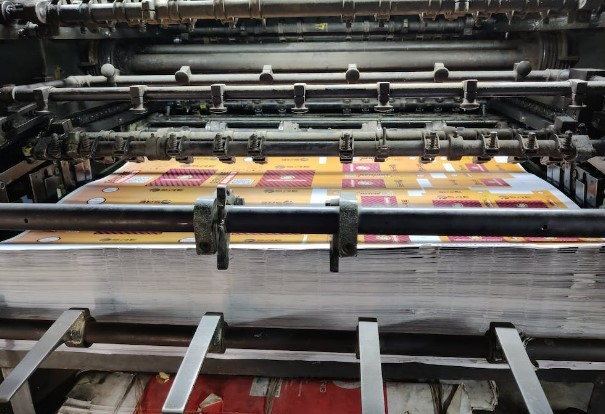
Textile printing is an essential part of the textile industry, and various techniques are used to create unique and vibrant designs on fabric. Two of the most popular printing methods are flat-screen printing and rotary-screen printing. While both methods produce high-quality prints, there are some key differences between them.
In this article, once-tech.com will explore the advantages and disadvantages of each method to help you determine which one is suitable for your needs.
Flat Screen Printing
Flat screen printing is a type of surface printing that uses a flat screen to transfer ink onto the fabric. In this method, a stencil is created on a mesh material that allows ink to pass through to create the design. The stencil is placed on top of the fabric, and a squeegee is used to push the ink through the stencil and onto the fabric.
Advantages of Flat Screen Printing
One of the advantages of flat-screen printing is that it is a cost-effective method that can print on a wide range of fabrics, including cotton, polyester, and silk. This method is also suitable for small to medium-sized print runs, making it a popular choice for custom printing jobs. Additional flat-screen-reen printing allows for precise registration of the design, resulting in sharp and detailed prints.
Disadvantages of Flat Screen Printing
One of the downsides of flat-screen printing is that the ink sits on the surface of the fabric, which may result in a less durable print that fades or cracks over addition flat-screen screen printing is not suitable for printing on thick or textured fabrics, as the ink may not penetrate the fibers properly.
Rotary Screen Printing
Rotary screen printing, also known as cylindrical screen printing, involves using a cylindrical screen to transfer ink onto the fabric. In this method, the screen is engraved with the desired design, and ink is poured into the cylinder. The fabric is passed through the cylinder, and the ink is transferred onto the fabric.
Advantages of Rotary Screen Printing
One of the advantages of rotary screen printing is that it is a fast and efficient method that can produce high-quality prints with fine details and vibrant colors. The ink penetrates the fabric fibers, creating a more durable print than flat-screen printing. This method is also suitable for printing on thick or textured fabrics, making it a popular choice for printing on denim and other heavy fabrics.
Disadvantages of Rotary Screen Printing
However, rotary screen printing requires specialized equipment and a skilled operator, making it more expensive than flat screen printing. It is also less versatile and suited for printing on flat or slightly curved surfaces. Additionally, if the design requires more than one color, the process can become complicated and time-consuming. Read more
Conclusion
Both flat-screen printing and rotary screen printing have their unique advantages and disadvantages, and the best method for your needs will depend on various factors, including the type of fabric you are printing on, the quantity of fabric you need to print, and your budget.
For small to medium-sized print runs and designs with fewer colors, flat-screen printing is a cost-effective and precise method. For larger print runs and designs with more colors, rotary screen printing is a fast and efficient method that can produce high-quality and durable prints.

